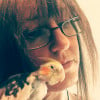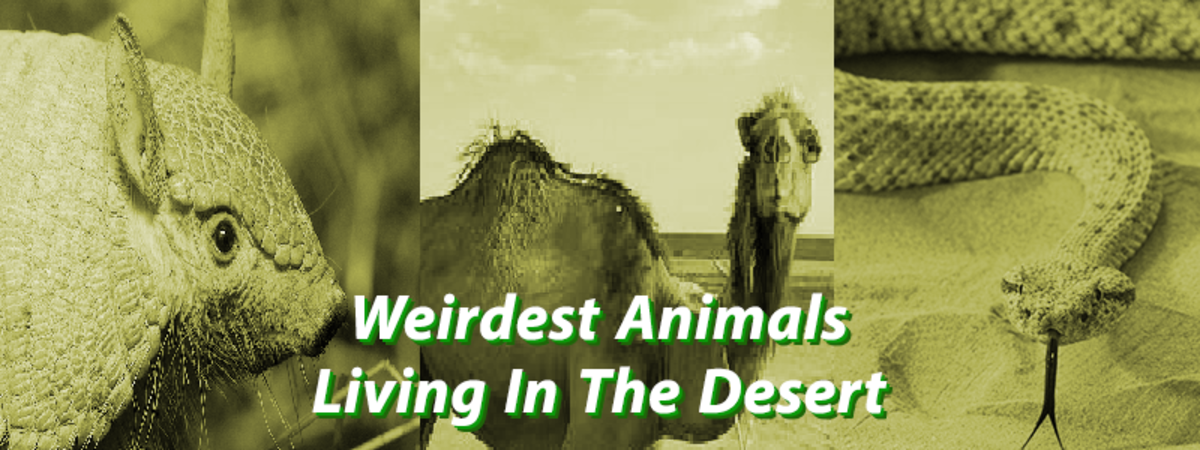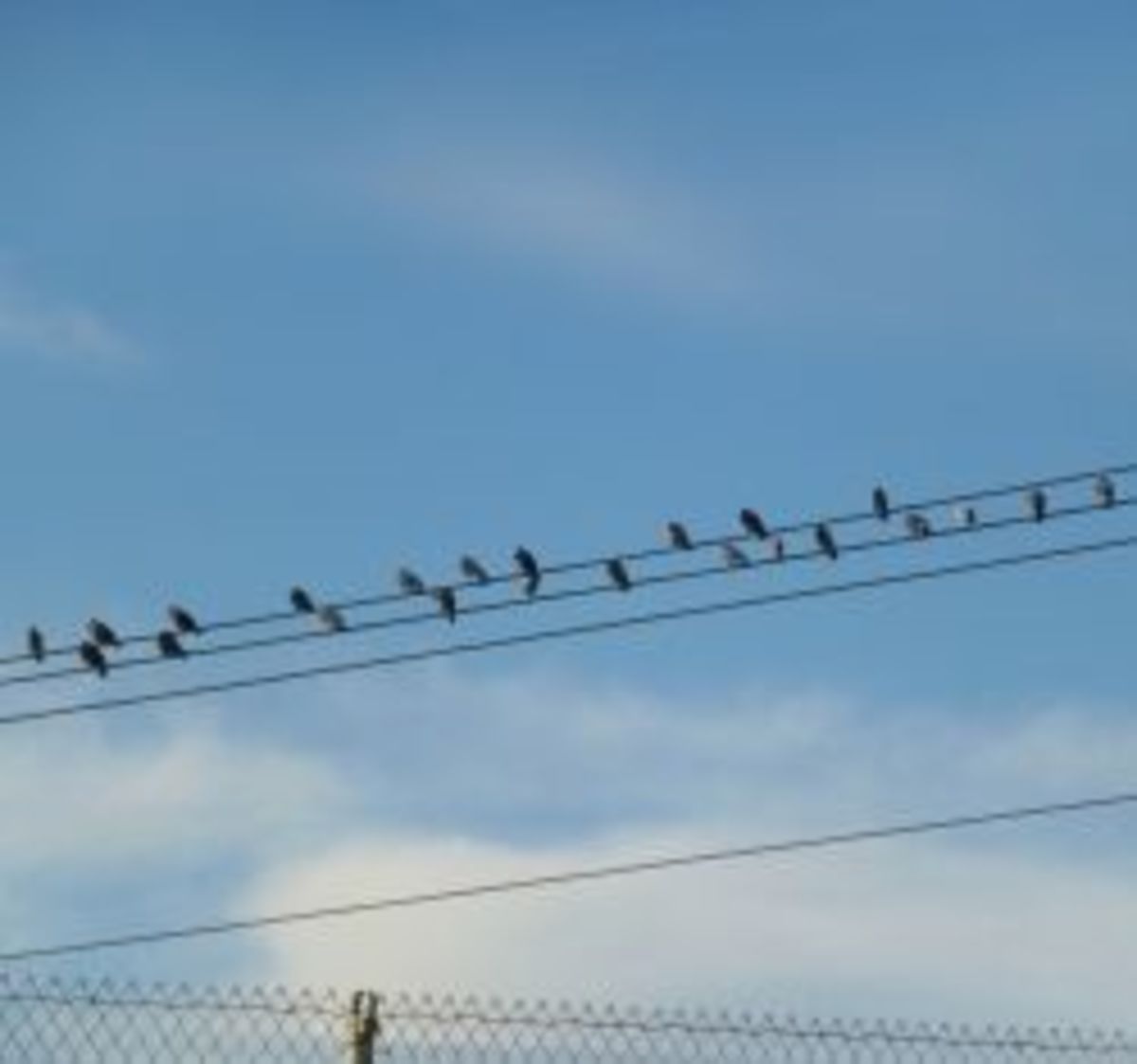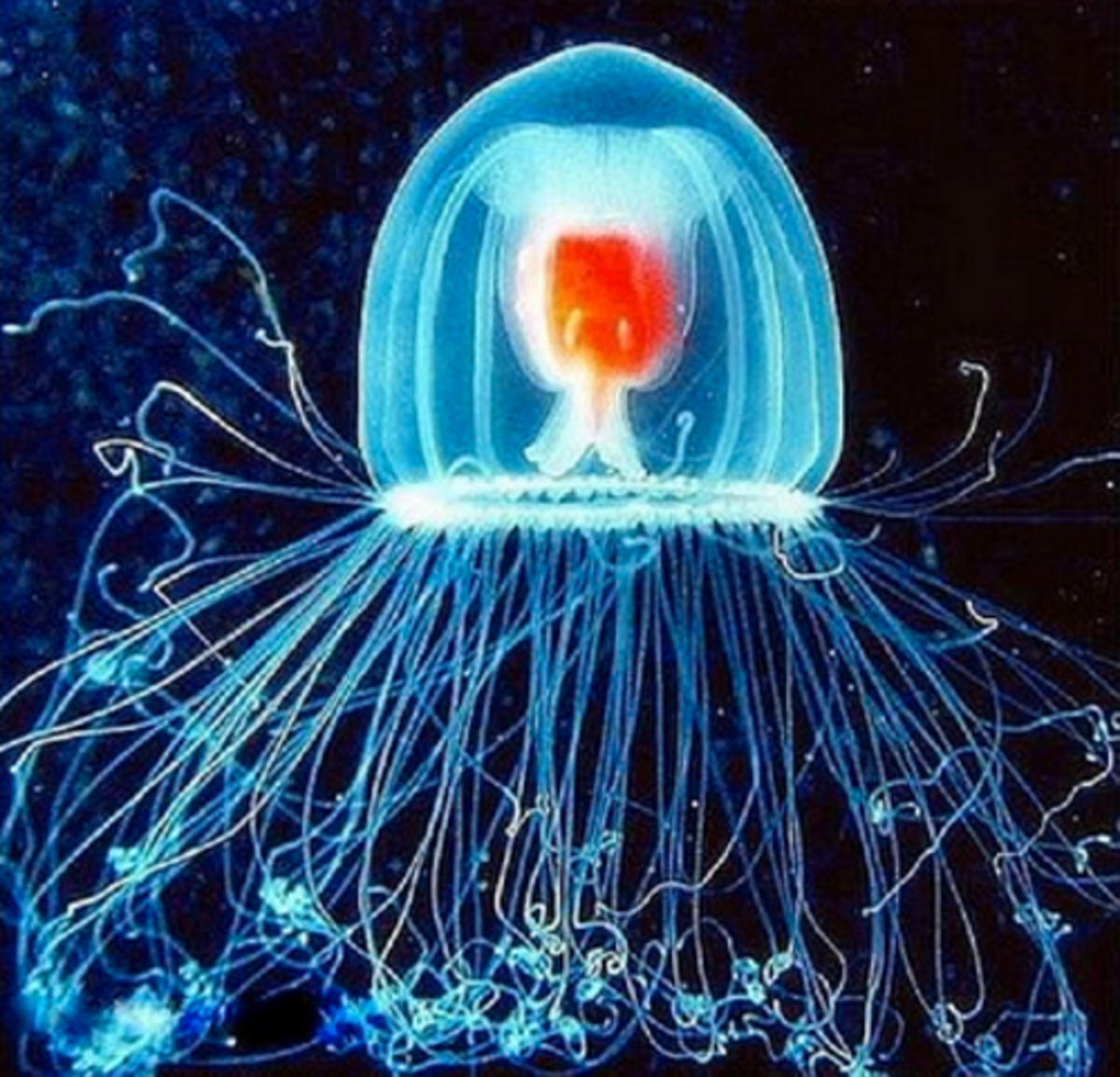Common Myths and Misconceptions About Animals
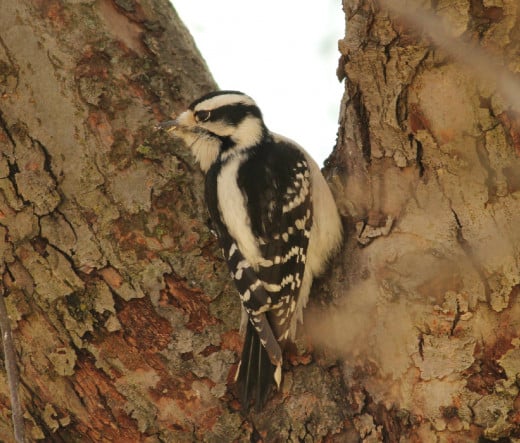
There's a lot we think we know about the world. We hear things from our friends and family, and assume they are true. We then pass this information to other friends and family members. However, did you ever stop and wonder how much of this information is accurate? Much of what some would call "common knowledge" should actually be called "common misconceptions." Here are just a few of the more common myths and misconceptions about our animal friends.
If you touch a baby bird, the mother will reject it because it will smell like a human.
Not to sound melodramatic, but this misconception has probably caused the death of many baby birds. If people see a naked or partially naked baby bird on the ground and think touching her will do harm, they will probably leave the baby to die on the cold ground. An occasional person would decide to take the little one home to try to raise her, all the while thinking he or she is doing the right thing. Unfortunately, raising a baby bird is very labor intensive, and not something your average person is willing or able to do successfully. If you ever do come across a young bird that has fallen from the nest, it's fine to handle the bird to put her back. Most birds don't have a developed sense of smell, so it's likely that the parent birds won't smell you at all.
*Note, if you find a fledgling on the ground (a young bird with all her feathers), leave her alone. It's normal for fledglings to spend some time on the ground before "finding their wings."
If you're taking care of a baby bird, feed bread soaked in milk.
It's not difficult to see where this misconception came from. Baby mammals drink milk, so some people think all baby animals drink milk. However, you should never feed birds milk. Birds don't have mammary glands (if they did, they'd be mammals), therefore, they shouldn't drink milk. They can't digest it properly, and it can make them sick. Bread, while okay as an occasional treat, doesn't provide the nutrients birds need. Different birds require different diets, so if you find a bird in need of help, call a wildlife rehabilitator or nature center. If you don't know where to find one, many veterinarian's offices and animal shelters will be able to refer you.
It's the mother birds who raise the babies.
This is more of a general assumption people have than an all-out myth. You see an adult bird feeding chicks, and you almost automatically refer to that bird as "the mom." For some species, this assumption would be correct. However, in those species that are more monogamous, both the mother and father share parental duties. There are even a few species in which the dad does all the work, such as the Spotted Sandpiper.
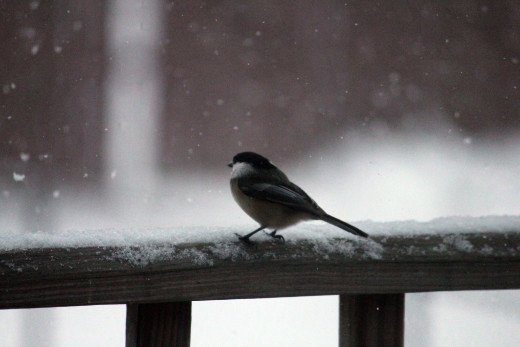
All birds fly south for the winter.
When I was shopping in the wild bird section of a local department store in December, I overheard a young boy ask his grandfather if they could get a bird feeder. The grandfather said, "Why in the world would anybody buy a bird feeder this time of year? All the birds have gone south!" I guess he hadn't noticed the sparrows in the parking lot before he entered the store.
Many bird species do fly south when the weather starts cooling off, but several birds are year-round residents in northern latitudes. Blue jays, cardinals, chickadees, titmice, nuthatches, finches, doves, and woodpeckers are just a few of the songbirds you'll see even when the snow is falling. If you maintain bird feeders, keep them filled during fall and winter when natural food is harder for the birds to find. Our feathered friends will thank you!
Rabbits are rodents.
I've frequently heard people say, "I don't like rodents, except bunnies." Well, rabbits are actually a different type of animal. While rabbits were once part of the order Rodentia, a new order called Lagomorpha was created for them in 1912. Other lagomorphs are hares and pikas, and they are different from rodents because they have two sets of incisor teeth in the upper jaw, and they are herbivores (many rodents are omnivores).
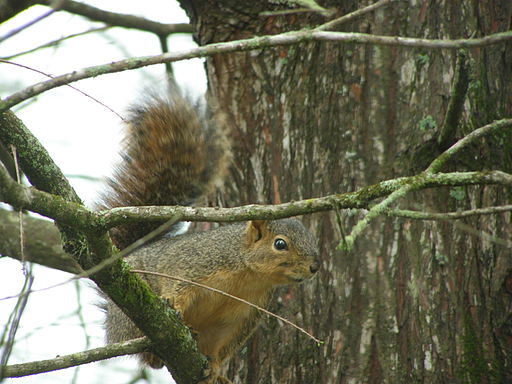
If a mouse/rat/squirrel bites you, you'll automatically have to get rabies shots.
Most people are surprised to learn that mice, rats, squirrels, chipmunks, and similar small rodents almost never have rabies. The wild animals in the United States that are the biggest rabies carriers are bats, raccoons, skunks, coyotes, and foxes. That's not to say that a small rodent bite is harmless - you'll want to make sure your tetanus booster is up to date if any animal bites you hard enough to break your skin, and you'll want to keep the injury clean to prevent infection. Also, it's a good idea to check with your doctor or the health department in your county just in case (and for peace of mind). Those with weak immune systems should their doctors in case of infection.
Bulls hate the color red.
Whenever we see a matador, he has a red cape. Therefore, many people believe that bulls get angry when they see the color red. However, those who watch MythBusters regularly may have seen this myth busted. It turns out that it's the motion of the cape or flag that upsets the bull, not the color (in the MythBusters episode, the bulls reacted the same no matter what color the cape was).
Bats are blind.
This myth will probably stick around for awhile, thanks to the popular idiom "blind as a bat." However, bats aren't blind at all. Some species can see better than others, but all have vision. Another probable reason for this myth is the fact that many bats are active when it's dark, so they find their food using echolocation rather than just by sight. In other words, the bat makes high pitched sounds and can then listen for the echoes to figure out where insects and other objects might be. However, some species of bats (such as fruit-eating bats), have excellent eyesight.
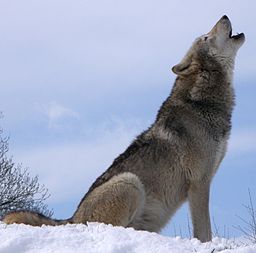
Wolves and coyotes howl at the moon.
This animal misconception has probably been around longer than the rest. Artwork and stories tells us that it's been around since ancient times.
Wolves howl to communicate. It's their version of making a long-distance call - the sound can be heard from up to six miles away. Wolves howl at night because they're more active at night, and even though it looks like they're howling at the moon and stars, they raise their mouths to the sky simply because the sound carries farther. It doesn't matter if the moon is in the sky or not.
